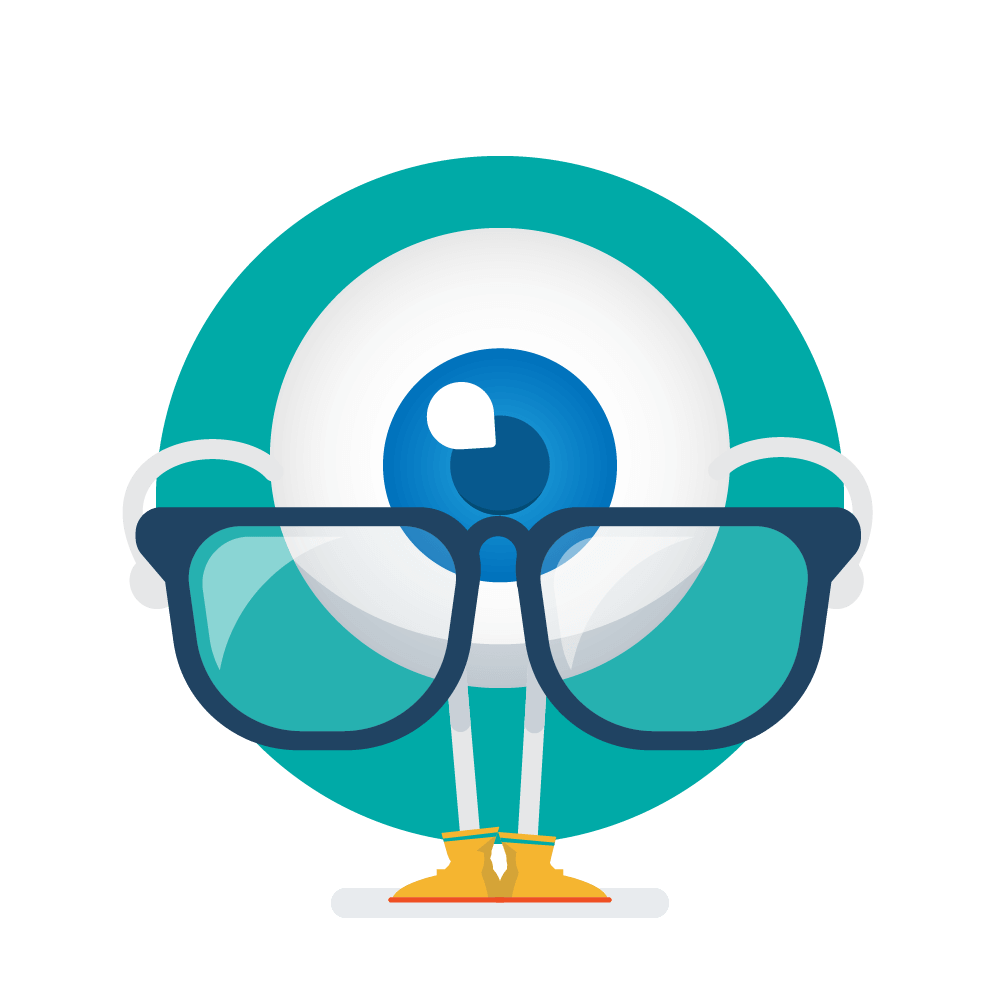Lazy eye or what's clinically referred to as amblyopia is a condition where the vision isn't correctable to 20/20 on the eye chart like it normally would be. It is often found in one or both eyes, but in rare cases it can be found in both eyes and neither eye can be corrected to 20/20.
What are the main causes of a lazy eye?
There are three main causes of a lazy eye.
- The most common cause is when an eye drifts inward or outward, this is called strabismic amblyopia. This results in the lazy eye, as the brain is unable to fully utilize both eyes at the same time.
- One of the most common causes of amblyopia is called refractive amblyopia which means that one eye has a substantially different visual ability than the other, for example when one eye has a very large amount of refractive error, but the other eye has little to none.
- Another cause of lazy eye is called deprivation amblyopia. This form of amblyopia can also result from congenital cataracts, bell's palsy, or other conditions that prevent light from reaching the retina.
What are the risk factors for a lazy eye in children?
Some children are more prone to develop a lazy eye. The risk factors include:
- Family history
- Premature birth or an infant who is born with a low weight
- Developmental delay
How can a lazy eye be treated?
Patching used to be the standard treatment for lazy eyes. So if there was a situation in which the brain wasn't paying attention to the right eye, an eye doctor would patch the better seeing eye which would be the left eye and force the brain to use the weaker lazy eye.
Today the gold standard approach to treating amblyopia is called monocular fixation in binocular field (MFBF). This is where the stronger eye is occluded (blocked) in combination with vision therapy that is done to train the brain to use both eyes together. During vision therapy eye doctor and therapist is essentially creating stepping stones from where the patient currently is only using one eye at a time to bridge to where the patient is now able to achieve binocular vision or the ability to use both eyes together as a team. Patching along with vision therapy training of effectively using both eyes together proves to be the most effective method of treating a lazy eye.











